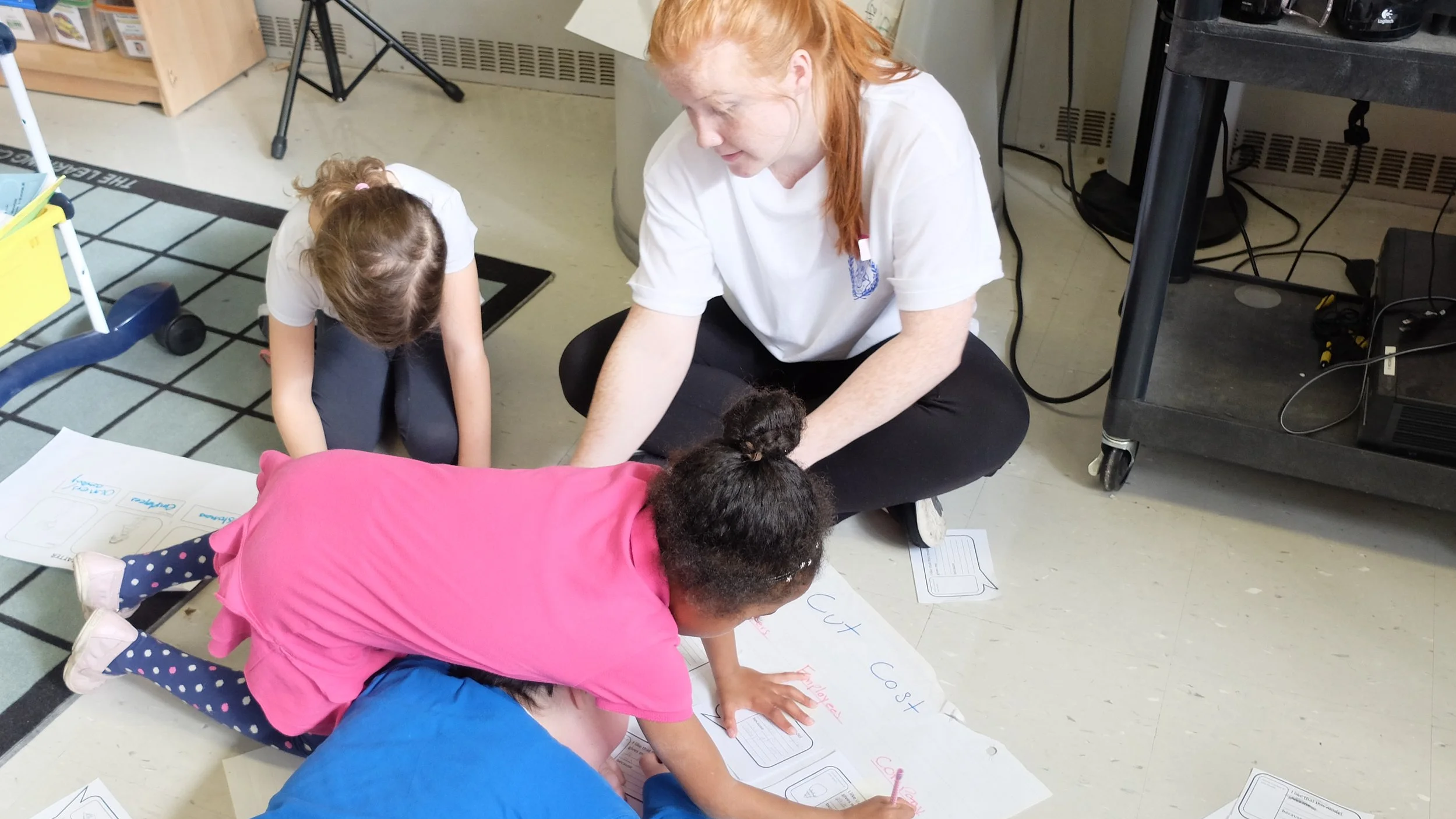
About Integrative Thinking
Integrative Thinking uses tensions and diverse perspectives to create better solutions. Drawing on research and business school frameworks from psychology, behavioral economics, systems thinking, and leadership, it provides a repeatable process for tackling complex, real-world problems. Applied at scale, in classrooms or organizations, it fosters a culture energized by critical thinking, collaboration, curiosity, and the exploration of new ideas.
Integrative Thinking is a problem-solving methodology developed at the University of Toronto by a team of researchers and practitioners led by Roger Martin, former Dean of the Rotman School of Management. His first book, The Opposable Mind, followed by Creating Great Choices co-written with Jennifer Riel, traces the evolution from theory to practical application. Integrative Thinking is used by CEOs and leaders worldwide at organizations including LEGO, Deloitte, IDEO, Tennis Canada, The Four Seasons, and Procter & Gamble, and school. Through I-Think and an ever growing community of educators, Integrative Thinking has also been implemented in thousands of classrooms and schools, shaping how students approach complex problems.
“Integrative Thinking is the ability to face constructively the tension of opposing models and, instead of choosing one at the expense of the other, generate a creative resolution of the tension in the form of a new idea that contains elements of the individual model but is superior to each.”
- Roger Martin, The Opposable Mind

“I-Think taking Integrative Thinking into K-12 classrooms is my most important legacy.”
- Roger Martin
How Integrative Thinking Works
Integrative Thinking provides the framework and structure for ideation, guiding thinkers toward novel, impactful outcomes. There are four steps in the Integrative Thinking process:
1 - Articulate Opposing Models
Problem solvers sketch the opposing models and look at the benefits of both models from the perspectives of the people most impacted. In short, this is the Pro-Pro Chart.
2 - Examining the Models
We use the Pro-Pro Chart to question our thinking, assumptions, and biases while looking at causal relationships and the benefits we value most. The goal is to reach an insight (or two) as a new way of thinking about the problem.
3 - Generate Possibilities
Inspired by a reframe question, we brainstorm new possibilities. There are three Pathways to Integration based on research that offer different options for leveraging the insights into possibilities.
4 - Assessing the Prototypes
With each prototype, we ask "What would have to be true…?" for this idea to work for the people impacted and to align with organization values. We explore the conditions required for the solution to work.
I-Think's Real-World Problem Solving Journey places this process into a larger inquiry framework that can be easily used in classrooms. You will see Integrative Thinking’s steps 1 and 2 in I-Think's Drive for Insights and steps 3 and 4 in Build Better Models. I-Think's Real-World Problem Solving Journey adds Frame the Problem and Ignite Curiosity before the Integrative Thinking process and wraps up with Celebration because hard work deserves acknowledgment.
Watch the Ministry of Education video series on I-Think: Innovations in Thinking and Learning →

A toolkit for thinking and problem solving
When developing Integrative Thinking, Roger Martin recognized that effective Integrative Thinkers approached problems with an integrative mindset. These are critical thinkers who are willing to make their thinking explicit and question the assumptions and biases in their thinking and understand the interconnectedness of the problem they are solving. The toolkit are thinking, facilitation and problem solving tools that help Integrative Thinkers engage, think and create new possibilities:
Pro-Pro Chart
Integrative Thinking is both a process and a mindset. At its heart is the Pro-Pro Chart, a tool that identifies the benefits of opposing models for the people impacted. These benefits help to develop insights that open new possibilities.
Ladder of Inference
Developed by Chris Argyris, the Ladder of Inference helps problem solvers make their thinking and the thinking of others explicit. This is followed by questioning the model, uncovering biases and assumptions, and identifying areas for further inquiry.
Causal Model
Inspired by systems thinking, the Causal Model asks problem solvers to share their models through cause-and-effect logic. This is followed by questioning the model, uncovering biases and assumptions, identifying areas for further inquiry and identifying areas for interventions.
Stance
Hilary Austen’s Personal Knowledge System framework and Chris Argyris’ Triple Loop Learning both acknowledge the importance of our stance in our thinking and actions.

Want to learn more?
Bring us in for a 1-day Introduction to Integrative Thinking for Leaders to learn how to navigate complex problems with confidence. Begin with an introduction to the research-backed methodology developed at the University of Toronto. Practice the four-step process through a guided group case study, then apply your new skills to real challenges your team selects.
This 101 Series is for those new to Integrative Thinking, those who want a deeper dive, or those who need a refresher on its toolbox. The series has two courses (so far!) that build on each other and can be experienced as standalone learning. Take a look at the courses, to see if they are right for you.





